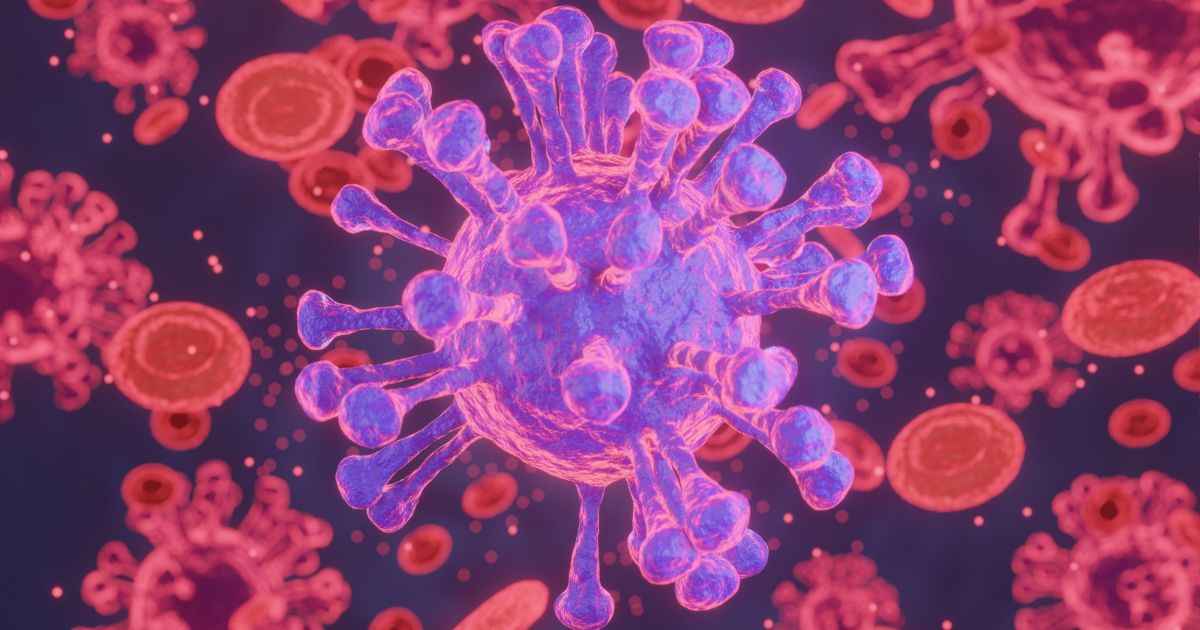Norovirus Outbreak in the USA: Causes, Impact, and Response
Norovirus Outbreak in the USA: Norovirus, commonly known as the “stomach flu,” is a highly contagious virus that causes acute gastroenteritis. It spreads rapidly in crowded settings, such as schools, cruise ships, and healthcare facilities. In recent years, the USA has witnessed several norovirus outbreaks, affecting thousands of people.

Causes and Transmission:
- Viral Contagion: Norovirus spreads through direct contact with infected individuals, contaminated surfaces, or consumption of contaminated food or water.
- Foodborne Transmission: Contaminated food, especially raw shellfish like oysters, is a common source of norovirus outbreaks.
- Person-to-Person Spread: Close contact with infected individuals, inadequate hand hygiene, and shared spaces contribute to rapid transmission.

Symptoms
Norovirus infection, commonly known as the “stomach flu,” can cause sudden and severe symptoms. Here are the key signs and symptoms:
- Nausea: A feeling of queasiness or discomfort in the stomach.
- Vomiting: Frequent and forceful expulsion of stomach contents.
- Stomach Pain or Cramps: Abdominal discomfort or sharp pains.
- Watery or Loose Diarrhea: Frequent, urgent, and loose bowel movements.
- Feeling Ill: General malaise or a sense of being unwell.
- Low-Grade Fever: Mild elevation in body temperature.
- Muscle Pain: Aching or soreness in muscles.
These symptoms typically appear 12 to 48 hours after exposure to the norovirus and usually last for 1 to 3 days. Even after recovery, individuals can continue to shed the virus in their stool for several weeks, remaining contagious during that time. Some infected people may not show any symptoms but can still spread the virus to others12.
If you experience severe vomiting, bloody stools, stomach pain, or signs of dehydration, seek medical attention promptly.
Impact: Norovirus Outbreak
- Health Burden: Norovirus causes severe vomiting, diarrhea, and stomach cramps. While most cases are self-limiting, vulnerable populations (children, elderly, and immunocompromised individuals) face higher risks.
- Economic Costs: Outbreaks strain healthcare systems, lead to lost productivity, and necessitate extensive cleaning and disinfection efforts.
- Disruption: Norovirus outbreaks disrupt schools, workplaces, and travel, affecting daily life.
Recent Norovirus Outbreak:
- 2023-2024 Season: Between August 1, 2023, and February 12, 2024, 759 norovirus outbreaks were reported in participating states, surpassing the previous year’s count1.
- Increased Incidence: Weekly tests show a 15% positive rate for norovirus, the highest since March 20222.
- Northeast Spread: The virus has been spreading in the Northeastern USA, prompting heightened vigilance3.
Response and Prevention:
- Surveillance: The CDC closely monitors outbreaks, collaborating with regulatory partners to investigate and contain them4.
- Public Awareness: Educating the public about proper hygiene, safe food handling, and recognizing symptoms is crucial.
- Food Safety Measures: Regular inspections of food establishments, especially those serving raw oysters, are essential.
- Isolation and Hygiene: Infected individuals should isolate themselves, practice good handwashing, and avoid preparing food for others.
Read Also : Laker’s Cam Reddish Status
Tips For Prevention Of Norovirus
Here are some important prevention tips to help you avoid norovirus:
- Wash Your Hands Thoroughly:
- Wash your hands often with soap and water for at least 20 seconds.
- Especially wash your hands:
- After using the toilet or changing diapers.
- Before eating, preparing, or handling food.
- Before giving yourself or someone else medicine.
- Remember that hand sanitizer is not as effective against norovirus as proper handwashing.
- Handle and Prepare Food Safely:
- Wash fruits and vegetables thoroughly before eating.
- Cook oysters and other shellfish to an internal temperature of at least 145°F.
- Routinely clean and sanitize kitchen utensils, counters, and surfaces.
- Be aware that noroviruses are relatively resistant to heat, so quick steaming processes may not kill them. If food might be contaminated with norovirus, it’s best to throw it out.
- Avoid Preparing Food When You’re Sick:
- If you are sick with vomiting or diarrhea, do not prepare food for others.
- This also applies to workers in restaurants, schools, daycares, long-term care facilities, and other places where they may expose people to norovirus.
- Clean and Disinfect Surfaces:
- After someone vomits or has diarrhea, clean and disinfect the entire area immediately.
- Use a chlorine bleach solution (1,000 to 5,000 ppm) or an EPA-registered disinfecting product against norovirus.
- Leave the bleach disinfectant on the affected area for at least 5 minutes.
- Wash Laundry Properly:
- Immediately remove and wash clothes or linens that may have vomit or poop on them.
- Handle items carefully without shaking them.
- Wash the items with detergent and hot water at the maximum available cycle length and then machine dry them at the highest heat setting.
Remember, prevention is key to avoiding norovirus. Stay vigilant and follow these guidelines to protect yourself and others! 🌟
Read Also : Energizer Ultimate U660S: A Foldable Marvel
Conclusion:
Norovirus outbreaks pose significant challenges to public health and require coordinated efforts from healthcare professionals, policymakers, and the public. By staying informed and following preventive measures, we can mitigate the impact of these outbreaks and protect our communities.
References :
